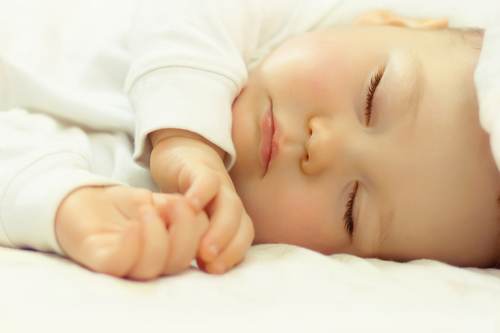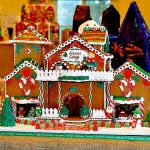Tips for Keeping Your Baby Safe at Night
by Rosemary Adkins
A newborn baby is hard to keep safe when you are just learning about his or her needs and how they ask for them to be fulfilled. Nighttime is sometimes delicate since you want to make sure that your baby gets a few hours of continuous sleep.
During the first two months, your baby eats once every two hours and sleeps around 10-18 hours per day in batches of 3-4 hours. Knowing how to keep your baby safe at night means setting up the right environment for a sound sleep and keeping the baby away from all hazards.
1. Set Up the Crib
Getting the right crib for the baby is critical. Your baby is just starting to tell the difference between day and night, so their sleeping environment should be comfortable and safe. Reputed brands such as DaVinci, Union, Graco, and others have taken crib making to a new level and now create convertible cribs that you can use for the growing toddler and future child. AllKidsReviews is a helpful resource that’s just a few clicks away if you are looking for the best-selling convertible cribs for babies.
- Once the crib is in your home, install it as per the instructions on the packaging.
- Install the tiny bed in your room or the closest room.
- Place the baby’s crib in an empty corner of the room without any furniture, especially hanging one nearby. Remove decorations that may be too close to the crib.
- Keep the crib away from pets or other children that might accidentally disturb the baby.
- Make sure that you have easy access to the crib from the room’s door and can quickly reach it to comfort the newborn.
2. Make it Comfy
A safe environment for a baby is both comfortable and disturbance-free. The baby needs to take continuous naps that allow them to rest for the next hours. Once the crib is installed, you should make sure that it is ready for sleeping. Safe sleep-oriented measures also protect your baby from sudden infant death syndrome (SIDS).
- The surface should be mattress-firm and have a fitted sheet. Make sure there are no gaps between the mattress and the bed’s frame.
- Keep bedding loose and remove any toys or soft objects from the crib.
- Don’t fall for the trap of keeping the baby warm as he or she might get too hot during sleep.
- Don’t let anyone smoke in the room where the baby sleeps or around him or her.
- Allergy-proof your home to keep the developing child away from risks that might harm them as they grow.
- Remove any pillows or bumper pads from the crib.
- Put the baby to sleep on his back, both for nighttime sleep or daytime naps.
3. Prepare Your Baby
You should take a few precautionary measures when putting your tiny living treasure to bed.
- Once the room is quiet, make sure it is also slightly cool and dark.
- Dress your baby in comfortable sleepers instead of using potentially dangerous blankets to cover them.
- Don’t leave bottles of milk in your baby’s bed. It won’t stay at an appropriate temperature, and it can harm your child.
- Establish a bedtime routine that your baby can predict and stick to it on both weekdays and weekends.
- Make a ritual out of doing something special with your baby before bed. Play or laugh with them for 10-30 minutes to consume the newborn’s remaining energy. You can later use this time for a quiet talk or reading.
- Let the infant fall asleep on their own so that they can learn to comfort themselves independently and later sleep alone.
- Don’t sleep with your baby on the couch or let them nap alone, as they might accidentally fall or suffocate.
4. Keep Your Baby Cool
A baby who sleeps in a room that is too warm may suffer from dehydration, heat exhaustion, or heatstroke. This is a possible scenario, especially if you live in one of those extremely warm states. You can protect the infant by making sure he or she sleeps at a comfortable temperature that you can control.
- Use a nursery thermometer to monitor the temperature in the baby’s room. The comfortable temperatures lie between 61°F (16°C) and 68°F (20°C).
- Keep the room cool throughout the day by keeping the blinds or curtains closed. Use a fan to let air circulate in the room.
- Open the windows and partially close blinds a few hours before bed or nap time to adjust temperatures. You can cool a warm room by placing bottles of frozen water in front of the fan.
- Run the baby a cooling bath before sleeping as it promotes relaxation.
- Keep bedclothes to a minimum as some babies kick or push off covers during naps and risk to get entangled.
5. Dress Your Baby Right
The baby’s clothes matter as much as the room’s temperature. You can use them to keep them warm and even substitute a potential mattress.
- Temperatures over 80.6°F (27°C): A diaper.
- Between 75.2°F (25°C) and 80.6°F (27°C): A baby sleeping bag.
You should also check the newborn regularly by taking their temperature from the back of their neck.
Newborns are easy to care for, as long as you are attentive to their needs and comfort them. The baby’s need to eat is primary, but so is a safe and restful sleep. You will know how to keep your baby safe at night or during naps if you meet their needs.




















